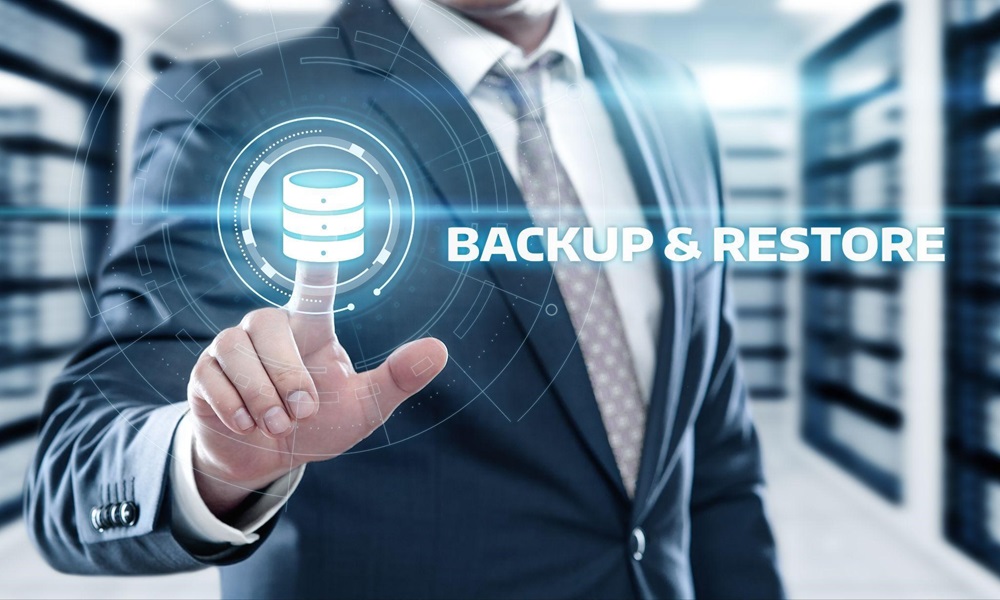Creating a disaster recovery plan is critical for modern businesses that need to restore business continuity as quickly as possible following a major disaster. Many different aspects of disaster recovery planning need to be evaluated. These are outlined and discussed below.
Back-Up and Restore
The capability of backing up data and restoring your system to fully functioning capacity is key for business owners. There are two main types of data storage: on-premises and off-premises.
On-premises servers are much cheaper for smaller businesses, making them very appealing; however, in the case of an actual disaster, access to the business premises might be limited or impossible. Having the data stored on-site can make it vulnerable to damage or destruction.
Off-premises data storage is something a well-managed IT service can provide. Data centers are built to withstand the extremities, and although it is not guaranteed, they stand a better chance of keeping data safe than on-site servers. Data centers are also constructed with preservation in mind, utilizing raised infrastructure and data backup generators.
Cloud-Based Disaster Recovery
Cloud backup is very appealing to business owners, and this solution is scalable and cost-efficient. Having all data backed up to the cloud eliminates the need for on-site hardware, which is excellent for lowering costs and utilizing the entire footprint of office real estate.
Obviously, backing up data to the cloud is an internet-based option, and having a strong and reliable internet connection is essential for this method to function as it should.
There are two main types of cloud disaster recovery: BaaS and DRaaS. BaaS means “back-up as a service,” meaning all data is stored virtually, off-site, and can be pulled to restore information. A DRaaS solution goes much further, and all business infrastructure is covered for restoration following a major event.
Virtualization and Replication
This type of disaster recovery service requires VMware or Hyper-V, which is both sophisticated and costly. Virtualization involves running a “virtualized server,” and in an emergency, data would transition over to this server without any loss.
Replication involves keeping real-time copies of data on redundant servers, which can transition into use seamlessly.
This method is perfect for critical data, but the price tag of these services can occasionally make this non-applicable to smaller businesses.

High Availability HA
This method of protecting data throughout an emergency scenario involves using small clusters of servers. The logic is that if one server fails, another server will transition into use. Similarly, load balancing is used to distribute data traffic evenly across servers.
This method offers great data protection and boasts business continuity with limited downtime; however, the complex architecture does come at a greater cost to consumers. This type of deployment might also require some infrastructure upgrades, which would add to the greater cost of the system.
Hybrid Approaches
Some companies and businesses might wish to mix and match certain disaster-recovery options and tailor a hybrid approach that suits their needs and objectives.
This disaster recovery strategy is effective; however, it certainly does require some oversight and management on their part alongside a strong managed services provider.
Factors to Consider
When evaluating the different options, it is imperative to evaluate all the nuances of the disaster recovery solutions. This is likely a large investment, and it is good to know what is required.
Testing and Monitoring
Once you have selected a disaster recovery plan and completed the installation and set-up, it is imperative to ensure that the system functions as expected.
Regular testing should be a part of your managed services plan. It is essential to ensure that the regularity of testing is outlined in the contract alongside any impact testing might have on regular business functionalities.
Alongside regular testing, most managed service providers should monitor your system 24/7 so they will be the first to know about any outages.
With 24/7 monitoring, it is imperative to understand your managed services provider’s response time obligations and their critical window time to respond to your trouble tickets.
Cost and Budget Considerations
All of the solutions outlined have their strengths and weaknesses as outlined; however, it is essential to factor in all of the budget considerations before making a choice.
Some disaster recovery solutions require enhanced and upgraded infrastructure to function as expected. Other solutions come with high monthly subscriptions and annual costs.
It is vital to evaluate the true cost of the chosen disaster recovery solution and how the costs align with your business objectives.
Compliance
Within certain industries, there are elements of compliance that are required to be met. A good MSP should be able to guide you through these compliance requirements, but it is often best to run it through your legal counsel if this is a resource you have available.
Vendor Support and Market Reputation

When shopping to outsource services, finding the right company is as important as selecting the proper disaster management method. Researching local reviews of the company is vital.
Another essential element of the hiring process is understanding how their client/vendor support system works fully.
Do they have a manned help desk 24/7, or is it a trouble-ticket system that auto-generates a ticket with a business hours follow-up? Typically, all support is available, yet the cost of that additional coverage and requirements is higher.
Most managed IT services providers can work with you to custom-tailor a solution that works for you and your business objectives.
Conclusion
If you are still confused about the right disaster recovery solution for your business goals and objectives, please reach out to our team today to learn more. A seasoned expert will be happy to walk you through all the options available to you for an effective disaster recovery plan.

